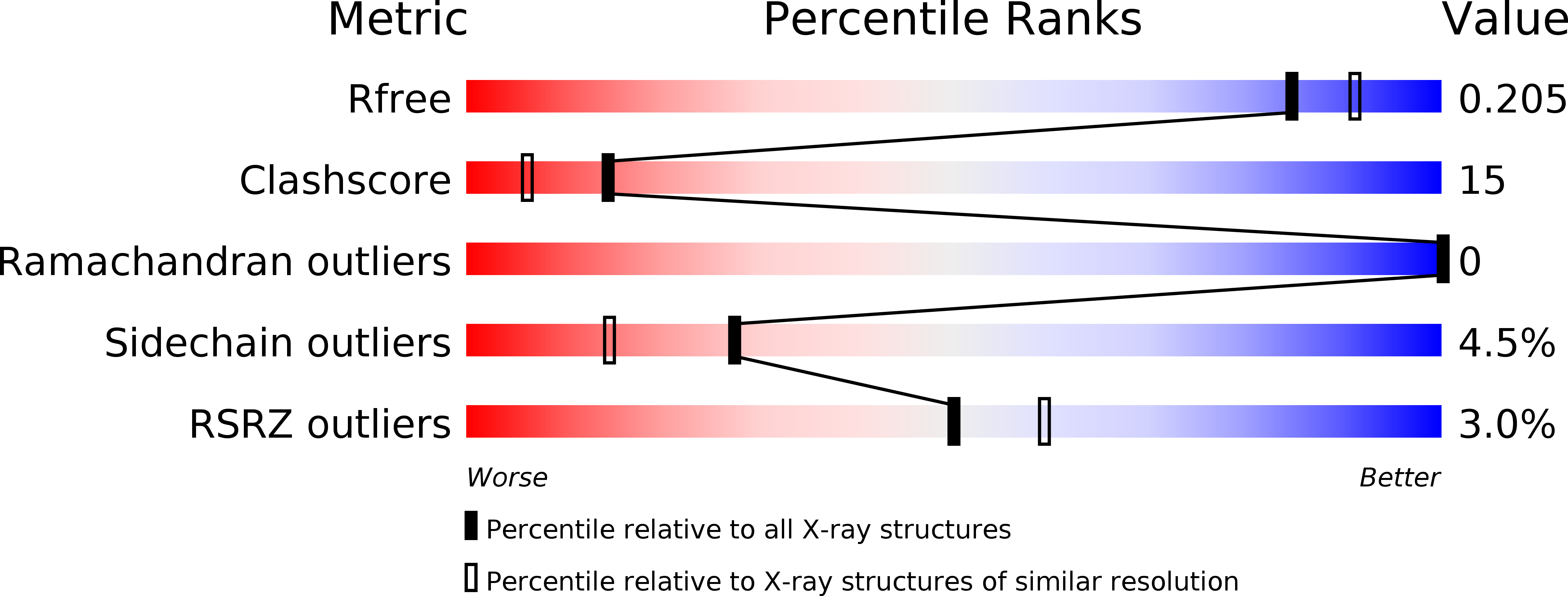
Deposition Date
2010-06-10
Release Date
2011-04-27
Last Version Date
2024-03-20
Entry Detail
PDB ID:
3NFA
Keywords:
Title:
Structural basis for a new mechanism of inhibition of HIV integrase identified by fragment screening and structure based design
Biological Source:
Source Organism:
Human immunodeficiency virus 1 (Taxon ID: 11676)
Host Organism:
Method Details:
Experimental Method:
Resolution:
1.95 Å
R-Value Free:
0.20
R-Value Work:
0.16
R-Value Observed:
0.16
Space Group:
P 31


